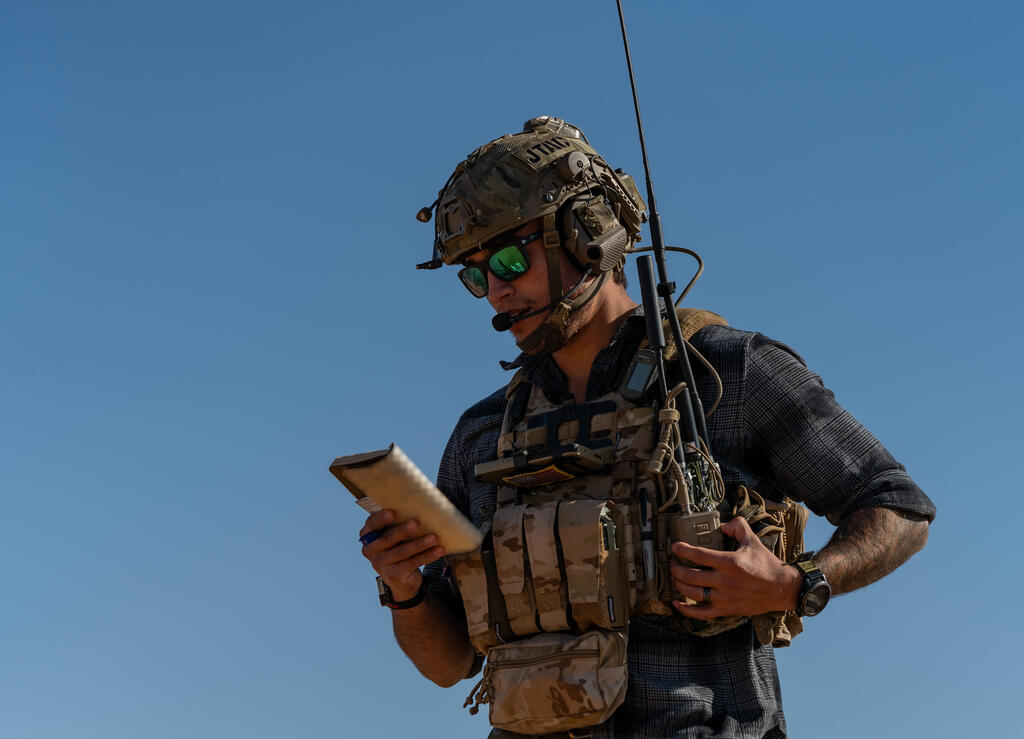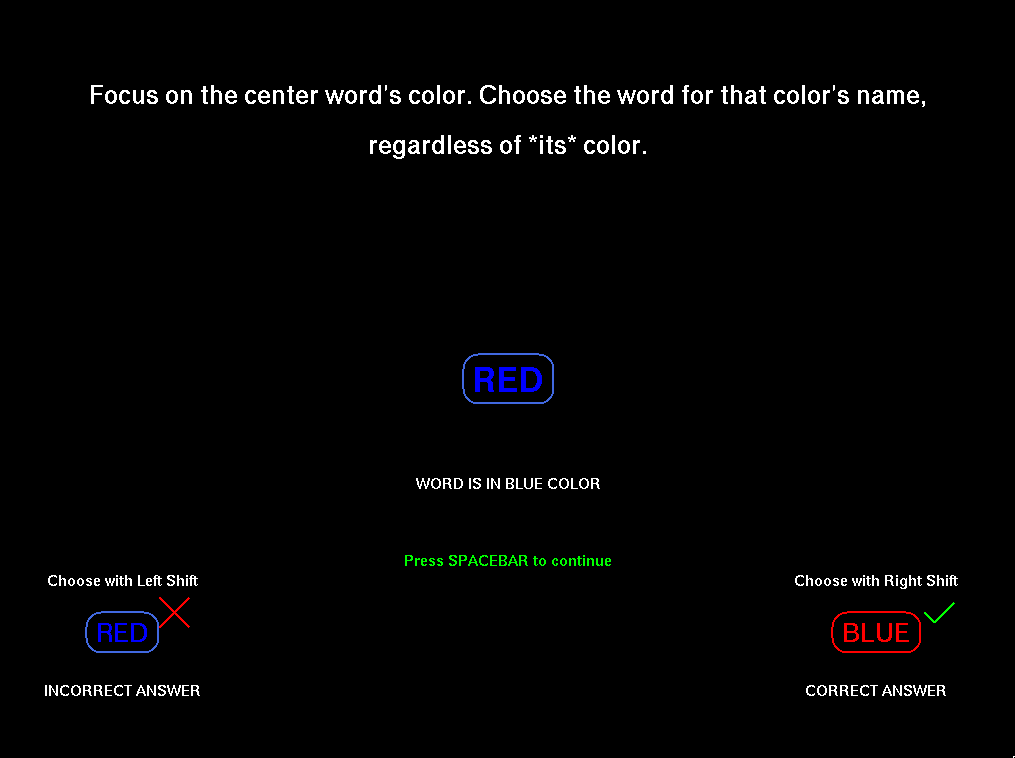
Photo by Staff Sgt. Ricky Arnold, United States Air Forces Central.
December 30th, 2024
Attention control is a term describing a person’s ability to remain focused on something in the face of distraction or boredom. In the world of fire support, this attention control comes into play when monitoring multiple radio networks concurrently. On top of that, the FO might be relaying crucial updates face-to-face with the ground force commander at the same time. Attention control lets you seamlessly shift focus between tasks as the situation changes - so you’re not missing vital details on any net. Missing a last-minute change to the location of a blocking position could have serious consequences. Missing the message to observer could add to the confusion of the battlefield. Attention control is vital in shifting attention resources from one task to another as the situation evolves.

Photo by Staff Sgt. Ricky Arnold, United States Air Forces Central.
Work by Burgoyne et al. (2023) described three new tests for measuring attention control: one based on the Stroop test, one based on the Flanker test, and another based on the Simon test. They demonstrated a strong correlation between attention control and fluid intelligence, working memory, and processing speed. These three components are associated with performance across a variety of domains, including multitasking. These attention control tests are based on resolving mismatches in the stimulus. The processing of the color of a word, rather than its meaning, interrupts the highly automated process of reading.
Work by the same authors previously explored tests that used an adaptive response deadline to tune the difficulty to some desired threshold. In such a setup, the researchers used the final deadline duration as the performance measure with a shorter deadline indicating better performance. Unfortunately, this approach can suffer from a temporary lapse in attention during the test. Say they become bored or distracted partway through the test - the resulting response deadline duration would not be as tight as it could have been otherwise. That moment spent daydreaming about a cheeseburger can throw off the entire test.
Additionally, the authors compared their proposed test measures against other well-established attention control tests. For a full breakdown of the results, please see the references below. If you like correlation matrices and effect models, you’re in for a treat.

Photo provided by SWGY, Inc.
The visual Stroop Squared test is interesting to me in its simplicity, effectiveness, and the ease of implementation. With a time commitment of less than 3 minutes, the test can be easily administered in an informal manner. The tests are freely available online at the Open Science Foundation.
Great - so how does this relate to the job of the forward observer? I suspect there will be a correlation between attention control and the ability to listen to multiple competing audio sources at the same time. Imagine you’ve got the surface to surface fires net in your right ear, air to surface fires in the left, and a thoroughly engaged ground force commander talking to you face to face. Attention control helps you shift from one focus to the next without missing a beat. It’s a skill acquired from experience, and I think that will show up in attention control scores. If it does improve with experience then it’s trainable. I’m currently working on research to measure impacts of the environment on this skill. Stay tuned for that one :)